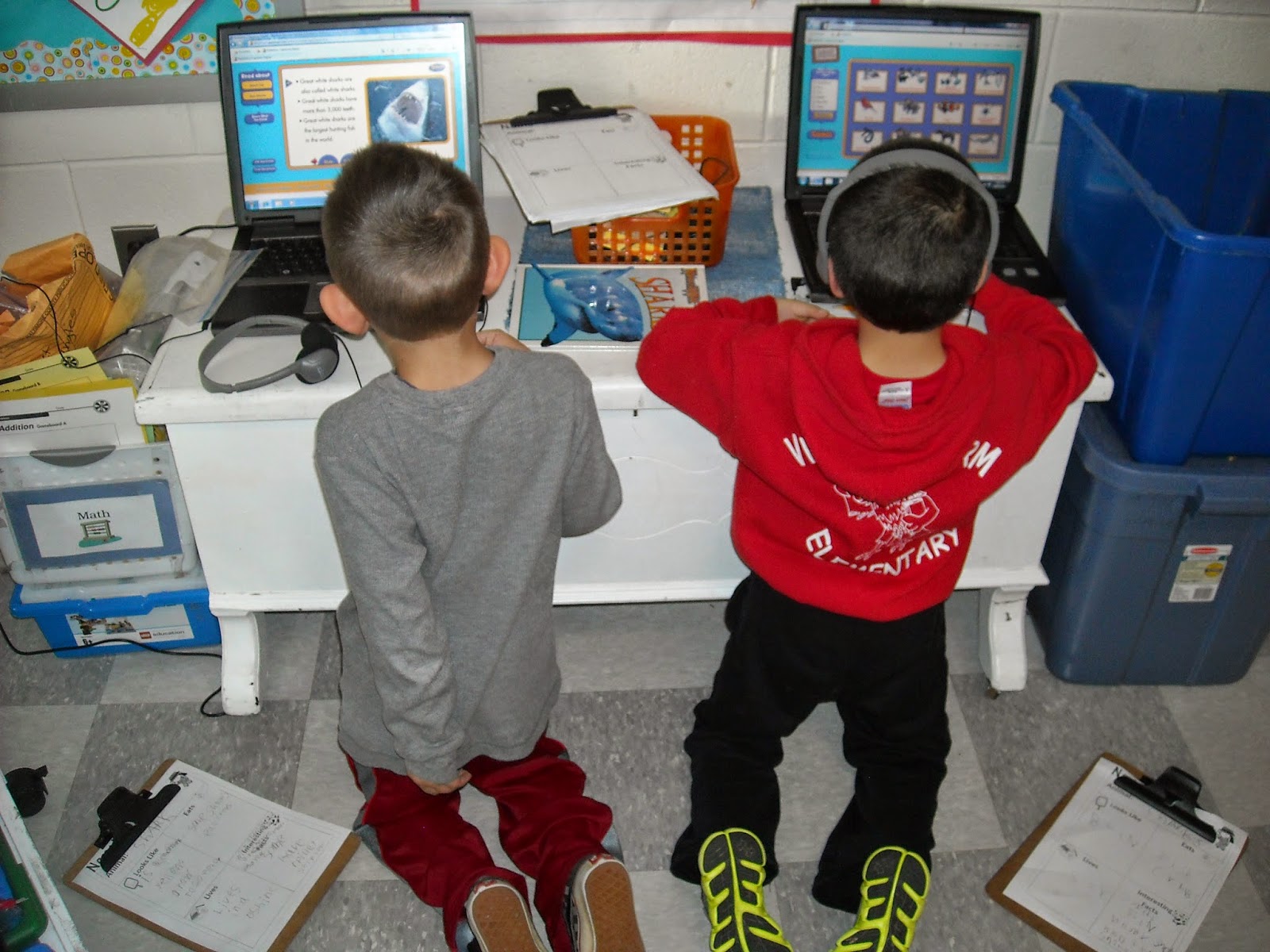It's a New Year in first grade!
Happy New Year activities for first graders.
The New Year is such a great time to make a fresh start! We can always improve our classroom, too. I start the celebration with a shared discussion about New Year's traditions. Students come with great family traditions, from lighting sparklers to banging pots and pans, to watching the ball drop on television.
We watch video clips on YouTube of celebrations from around the world, and then recreate the countdown! 10, 9, 8, 7, 6, 5, 4, 3, 2, 1... HAPPY NEW YEAR! I pour sparkling apple cider and we toast with "cheers" and smiles!
Vocabulary Mini-Lesson
Next, I introduce the word resolution, a promise or goal to do something better in the new year than we did in the previous year, We add it to our list of growing list of WOW words (Wonderful, Outstanding Words) on the Vocabulary Vine.
I share a personal goal for the year. This year (2015), my goal is to play more board games with my kids. I use the word resolution as I think aloud about my goal and why my goal is important (because I let my kids watch too much t.v.).
Practicing Together
Next, we think about what we could do better as a class. My class this year is notorious for acting up in the cafeteria! Somehow we have been unable to even get close to the other first grade classes in earning High Fives! We made a list of goals together, and then went a step further to talk about why the goals are important. It's always amazing to me how tuned-in students are to what needs improvement! Star Writers are our self-checking rubric for writing. I was glad my friends knew our writing could improve!
Modeling
The key to having students write meaningful resolutions is to have them make a resolution about school. What do they need to do to improve as a learner?
The next step is to model writing a resolution. I modeled on the ELMO projector filling in the organizer. My New Year's Resolution is to challenge myself when playing math games. This is important to me because I want to get better at math and show my friends how I figured problems out.
Students' Turn
I kept a small group that needs writing assistance in varying ways. Some need help verbalizing, some just need reassurance that they are on the right track, and others need almost complete scribing with highlighter for them to copy. Most students, though, worked on the graphic organizer themselves. Then, I circulated and fixed any spelling errors. Students turned their sloppy copies into final drafts!
Ringing in the New Year
Check out these resolutions by my first graders!
My resolution is to raise my hand to speak. This is important to me because I don't want to call out.
What do you want to improve the most in school is reading. My New Year's resolution is to read more than last year. This is important to me because I write more than I read.
This one might be my favorite of all-time, since she used a previous WOW word! My New Year's resolution is to pay attention more. This is important to me because I want to be industrious.
My New Year's resolution is to work on my science journal, no looking around. This is improtant to me because so I can work on science a lot.
My New Year's resolution is to read to a partner because it's fun to read to partners. Reading is important to me.
My New Year's resolution is to learn more about the moon. This is important to me because (I want) to be an expert at the moon.
Sharing our Resolutions!


















































